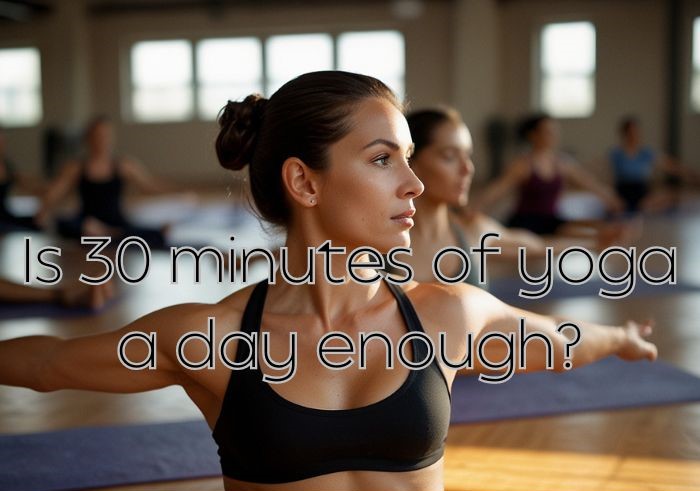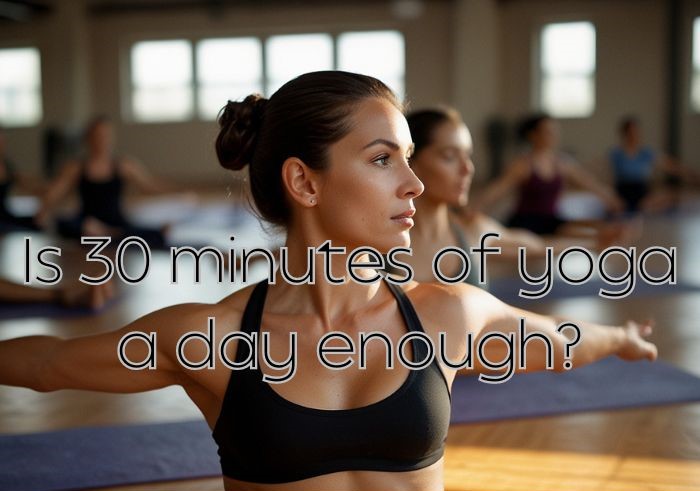How Many Calories Are Burned in 60 Minutes of Hot Yoga?
Jane Benson of bikram Yoga Mornington has to say “If you’re looking for a challenging workout that also promotes relaxation and mindfulness, hot yoga may be the perfect exercise for you. This form of yoga is typically practiced in a room heated to around 105 degrees Fahrenheit, with a humidity level of 40% or higher. The high temperature and humidity can make the practice more intense, leading to increased calorie burn and other health benefits.”

One of the most common questions people have about hot yoga is how many calories are burned during a typical 60-minute class. The answer can vary depending on a variety of factors, including your weight, the intensity of your practice, and the specific type of hot yoga you’re doing. However, research suggests that you can expect to burn anywhere from 330 to 600 calories per hour during a hot yoga class.
Understanding Calorie Burn in Hot Yoga
Hot yoga is a popular form of yoga that is practiced in a heated room. It is known to burn more calories than traditional yoga practices due to the combination of physical poses and high-temperature conditions. In this section, we will explore the factors that influence calorie expenditure during hot yoga, how to calculate energy expenditure, and how it compares to traditional yoga practices. If you are looking for a hot yoga studio, just visit bikram Yoga Mornington.
Factors Influencing Calorie Expenditure
Several factors influence the number of calories burned during hot yoga. These include body weight, intensity of the practice, individual metabolism, and duration of the session.
The more intense the practice, the more calories you will burn. Additionally, larger muscle groups are engaged, and heart rate is increased, leading to higher energy expenditure.
Calculating Energy Expenditure
To calculate the energy expenditure during hot yoga, you can use a metabolic equivalent (MET) calculator. A MET is a unit of measurement that estimates the amount of energy expended during physical activity.
The average MET value for hot yoga is 4.0, which means that you will burn four times as many calories during hot yoga as you would when at rest.
For example, if you weigh 150 pounds, you can expect to burn approximately 500-700 calories during a one-hour hot yoga session.
Comparison with Traditional Yoga
Compared to traditional yoga practices such as hatha, vinyasa, and ashtanga, hot yoga burns more calories due to the higher intensity and faster pace of the practice.
For example, a person weighing 180 pounds can expect to burn approximately 343 calories during a one-hour session of power yoga, which has a MET value of 4.0. In contrast, a person weighing the same amount can expect to burn approximately 477 calories during a one-hour session of hot yoga.
Health and Safety Considerations
Hydration and Avoiding Dehydration
During a hot yoga session, it is essential to stay hydrated to avoid dehydration. You should drink water before, during, and after the class to replace lost fluids.
To ensure proper hydration, drink at least 8-10 glasses of water throughout the day. Avoid drinking large amounts of water in one sitting, as it can lead to discomfort during the class.
Recognising and Preventing Overheating
Hot yoga is practiced in a heated room, which can cause your body to overheat. It is crucial to recognize the signs of overheating, such as dizziness, nausea, and lightheadedness.
If you experience any of these symptoms, take a break and step out of the room to cool down. You can also use a damp towel to wipe your face, neck, and chest.
Maximising Benefits and Minimising Risks
Hot yoga has many health benefits. For example, it can improve flexibility, circulation, and cardiovascular health. However, practicing hot yoga safely is essential to avoid any risks.
To maximize the benefits and minimize the risks, follow these tips:
- Listen to your body and do not overstretch or push yourself beyond your limits.
- Maintain proper form during poses to avoid injury.
- Incorporate proper nutrition and self-care practices to support your body’s needs.
- Avoid hot yoga if you have any pre-existing medical conditions, such as heart disease or high blood pressure.
- Consult your doctor before starting hot yoga if you have any concerns about your physical fitness.







